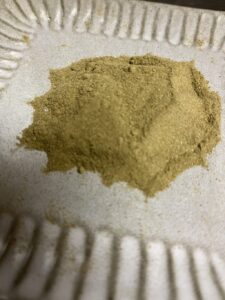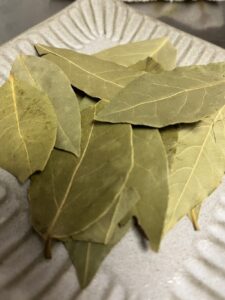目次
ToggleThe most beloved spice Coriander
 There are several plants that are useful to cooks as both herbs and spices, of which cilantro is the most widely used.
There are several plants that are useful to cooks as both herbs and spices, of which cilantro is the most widely used.
The leaves may be more familiar to you as pak choi. As a spice crop, it is grown not only in its native Western Asian and Mediterranean regions, but also in Eastern Europe, India, the United States, and Central America.
History of Coriander
It is said to have been used as a medicine in ancient Egypt and baked into corn bread and other products in ancient Greece.
16th century Spain introduced it to South America, where it took root, and today it is an essential ingredient in the cuisine of Peru and Mexico.
In addition to South America, it has also been used for medicinal and culinary purposes in India and China since ancient times.
It was introduced to Japan from China in the Heian period (794-1185), but was not widely used, perhaps because its aroma was too strong or because people did not eat animal flesh.
It is mentioned as a medicinal herb in a book published in the Edo period (1603-1867).
Medicinal effects of coriander
Coriander has many medicinal properties, some of which are introduced below.
(1) Relief from fatigue
Coriander contains vitamin B1 and potassium, which promote recovery from fatigue. Vitamin B1 aids in the metabolism of carbohydrates to produce energy and relieve fatigue. Potassium is also effective in relieving fatigue and diuresis.
(2) Sterilizing effect
The leaves are as effective as the most common antibiotic (gentamicin) used to treat salmonella. Studies have shown that the essential oil component in the aroma component, dodecenal, has the ability to weaken and destroy Salmonella.
(3) Stomachic and intestinal action
The most important medicinal effects expected from the seed parts are stomachic and intestinal regulation. They have long been used to relieve stomachache, lethargy, constipation, and diarrhea. It is recommended to take it when you overeat or eat oily food. Seed part and leaf part.
Each has many advantages, but cilantro also has disadvantages.
When taken at the same time as sedatives, it may cause strong drowsiness.
Also, be careful about taking it with diabetes medications, as it can lower blood sugar levels.
Furthermore, it also has the effect of lowering blood pressure, so care should be taken when taking it with antihypertensive medications.
How to cook and store cilantro etc.
Because of its mild aroma, cooks use it in much larger quantities than with other spices.
It helps form the basis of curry powders and masalas.
It is also found in most African and Middle Eastern mixed spices.
In Europe and America, it is used as a pickle spice, giving sweet and sour pickles and chutneys a pleasant mild aroma.
Coriander is readily available in both seeds and leaves.
The leaves are easily damaged, but the seeds are best purchased whole, as they rapidly lose their aroma when ground.
In India, a mixed spice called “danajira” blended with cumin is very popular, so look for it in Indian grocery stores and use it.
It goes well with both meat and fish, and can be used to quickly add an ethnic flavor.
Finally.
The cilantro introduced in this article.
How was it? Coriander is used all over the world, but it is an interesting spice that can be found nowhere else, with different parts of the plant used in different regions.
The aroma of cilantro is not my favorite… We believe that even those who are not so sure will enjoy the mild aroma of the seeds, so please give them a try.
Next time, we will discuss the precious spice “allspice. Please look forward to it.






